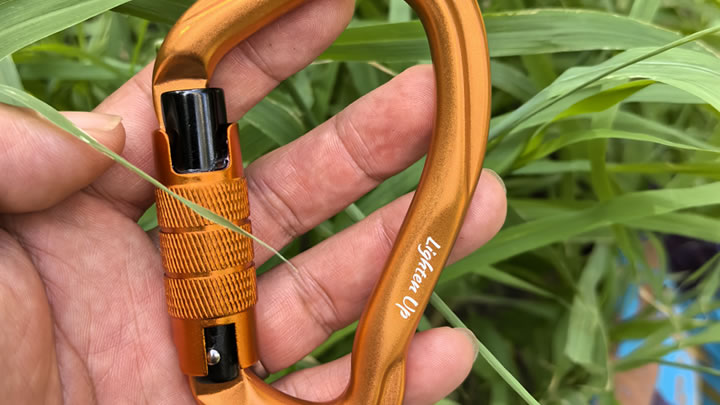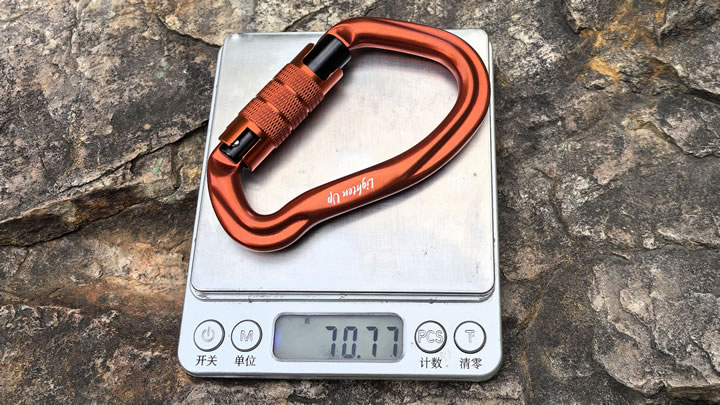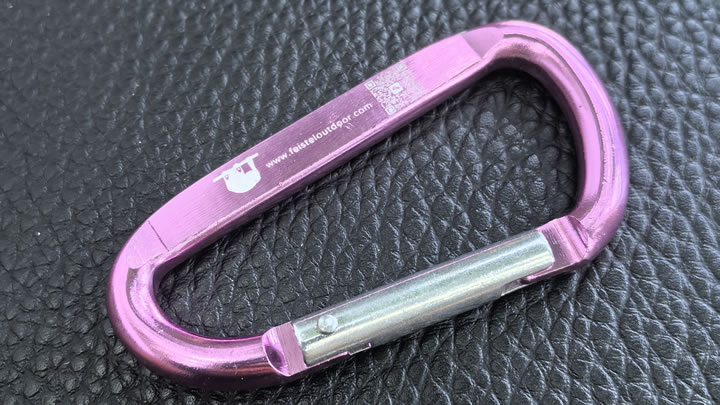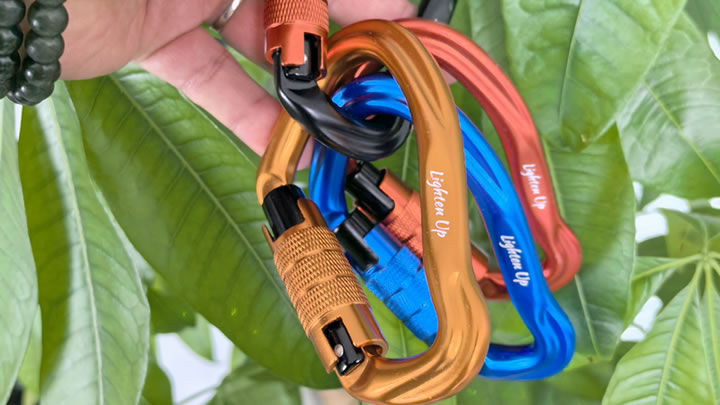How to properly use a walking stick for balance?
Using a walking stick correctly is essential for improving stability, preventing falls, and reducing strain on joints. Whether recovering from an injury or managing age-related balance issues, this guide covers techniques, adjustments, and safety tips to maximize effectiveness.

1. Choose the Correct Side for Your Walking Stick
Contrary to instinct, hold the stick in the hand opposite your weaker leg (e.g., right hand for left leg weakness). This creates a natural counterbalance, mimicking a "four-legged" gait. For general balance improvement, alternate sides every 15 minutes to avoid muscle imbalance.
2. Adjust the Walking Stick to the Right Height
- Stand upright in shoes, arms relaxed.
- The top of the handle should align with your wrist crease.
- Your elbow should bend at 15–20° when gripping the handle.
- Pro Tip: Use a telescopic stick to fine-tune height for different terrains (shorten uphill, lengthen downhill).
3. Master the Walking Rhythm
- Step 1: Move the walking stick forward with your weaker leg.
- Step 2: Shift weight onto the stick as you step forward with your stronger leg.
- Step 3: Maintain a steady pace, keeping the stick close to your body.Avoid dragging the stick or taking overly long strides.
4. Navigate Stairs Safely
- Going Up:Place your stronger leg on the step first.Push down on the stick while lifting your weaker leg to the same step.
- Going Down:Place the stick and weaker leg on the lower step first.Slowly lower your stronger leg, using the stick for support.
5. Posture & Grip Tips
- Stand Tall: Avoid hunching over; keep shoulders relaxed.
- Grip Firmly but Gently: White knuckles indicate excessive force.
- Wrist Strap: Use it to prevent drops without relying on grip strength.
6. Adapt to Different Terrains
- Grass/Gravel: Push the stick firmly to prevent slipping.
- Ice/Snow: Attach a carbide tip or ice pick attachment.
- Indoors: Use a rubber tip to avoid scratching floors.
Common Mistakes to Avoid
❌ Holding the Stick on the Wrong Side: Causes imbalance and overcompensation.
❌ Incorrect Height: Too long strains shoulders; too short forces leaning.
❌ Ignoring Terrain Needs: Failing to adjust tips or length increases fall risk.
Top Walking Sticks for Balance Support
- HurryCane Freedom Edition: Pivoting base adapts to uneven surfaces.
- Carex Offset Cane: Ergonomic handle reduces wrist strain.
- Drive Medical Folding Cane: Lightweight and adjustable (32″–38″).
Exercises to Improve Balance with a Walking Stick
- Single-Leg Stands: Hold the stick lightly while lifting one leg for 10 seconds.
- Side Steps: Step sideways, using the stick for stability.
- Heel-Toe Walks: Practice tandem walking on a straight line.
Final Tip: Consult a physical therapist to tailor techniques to your mobility level. Pair your walking stick with non-slip footwear for added safety.






